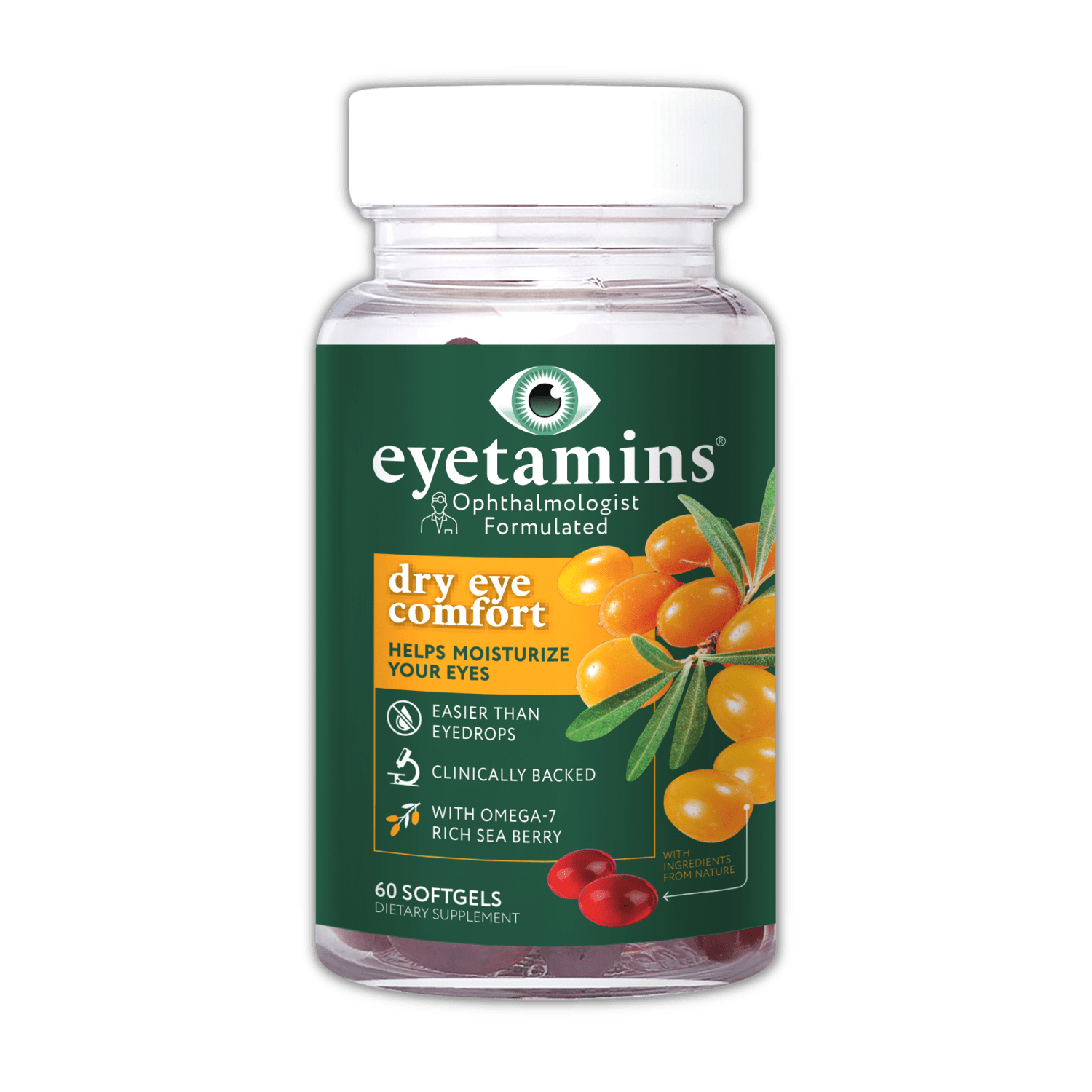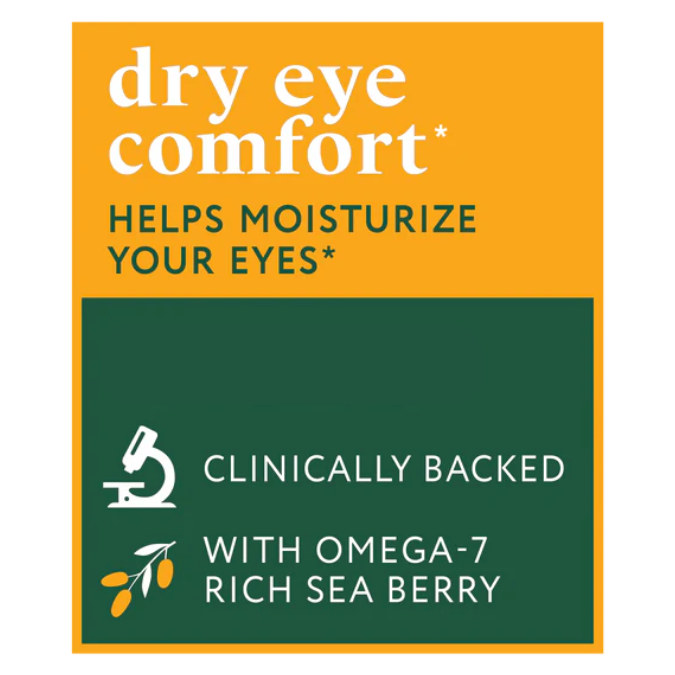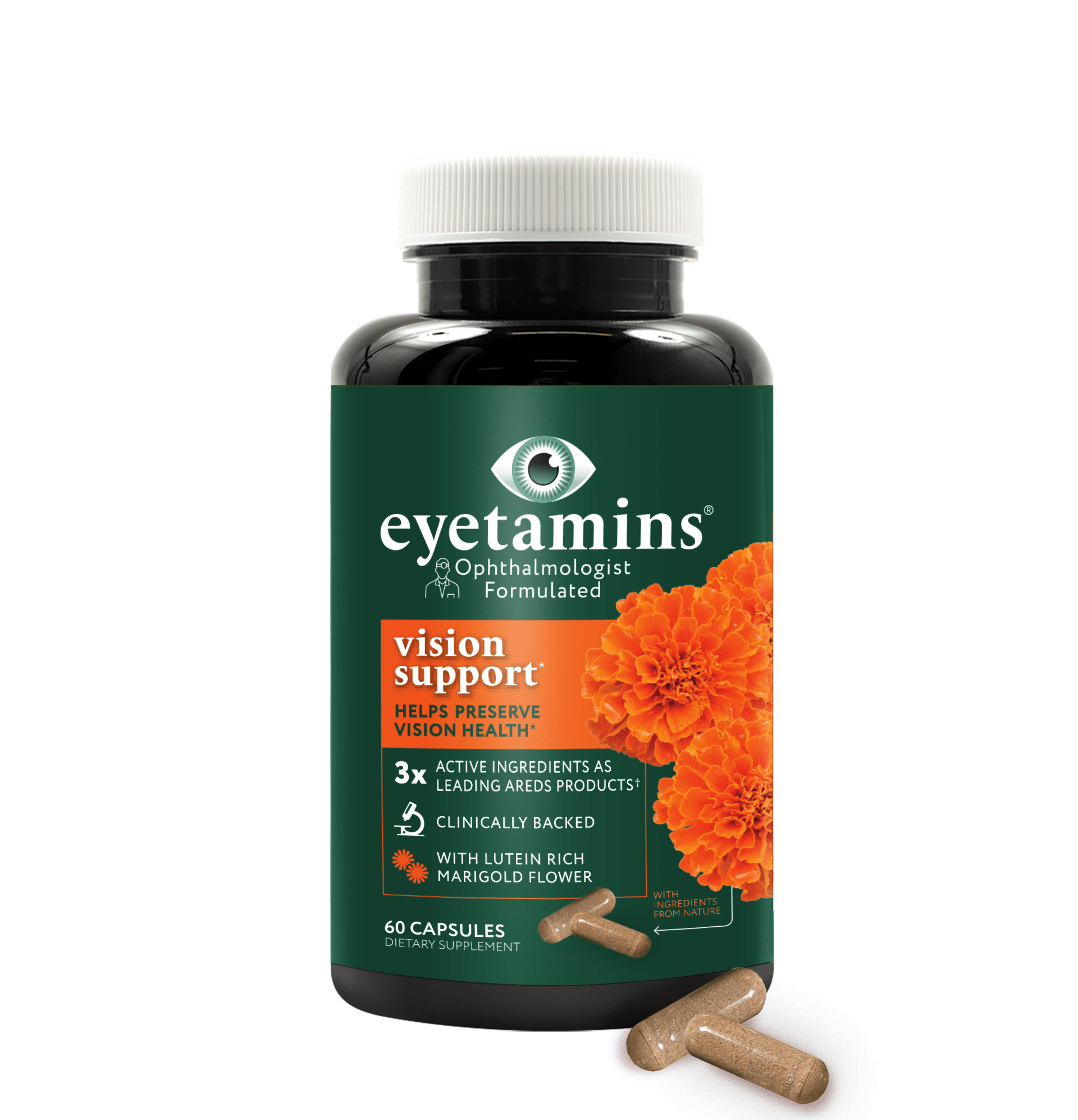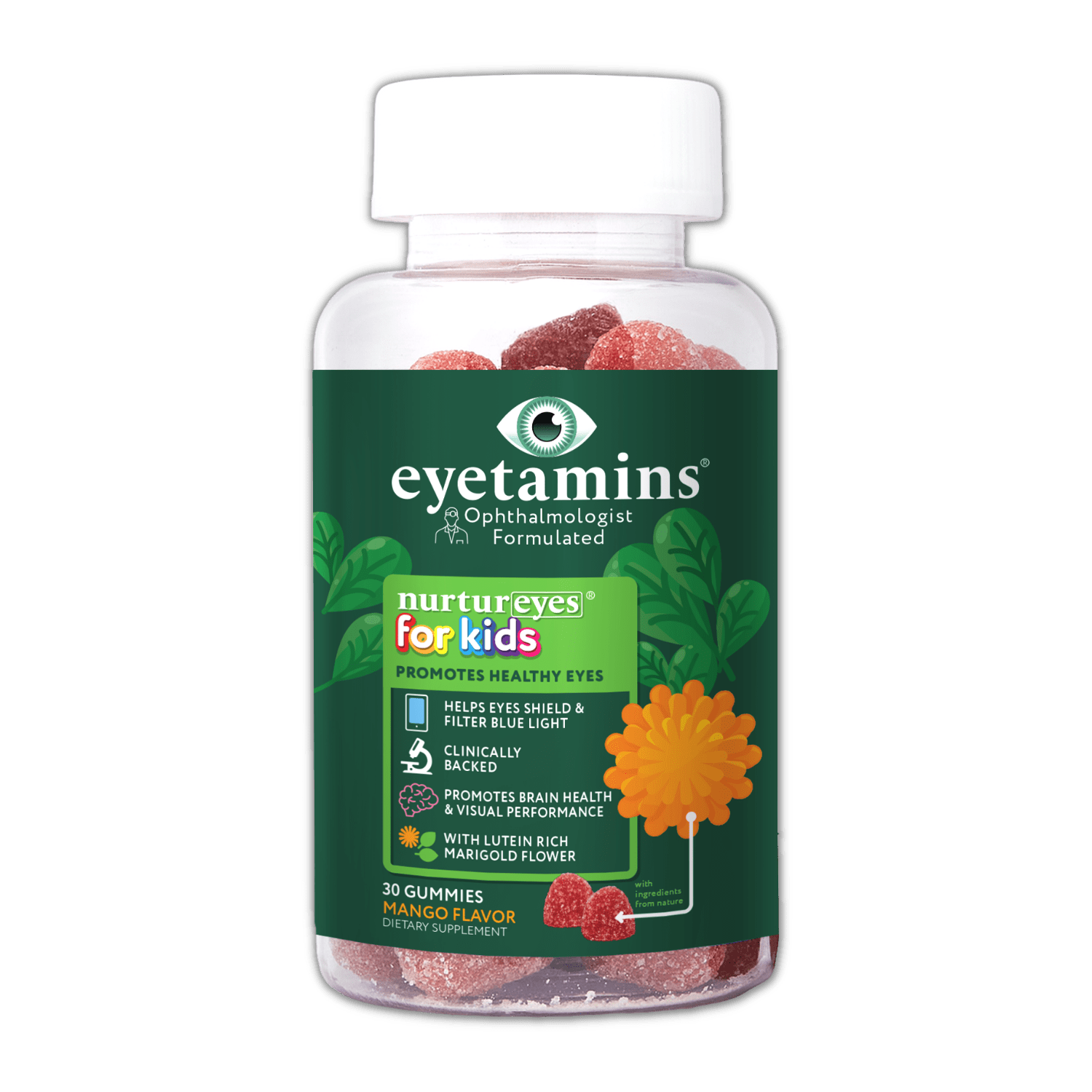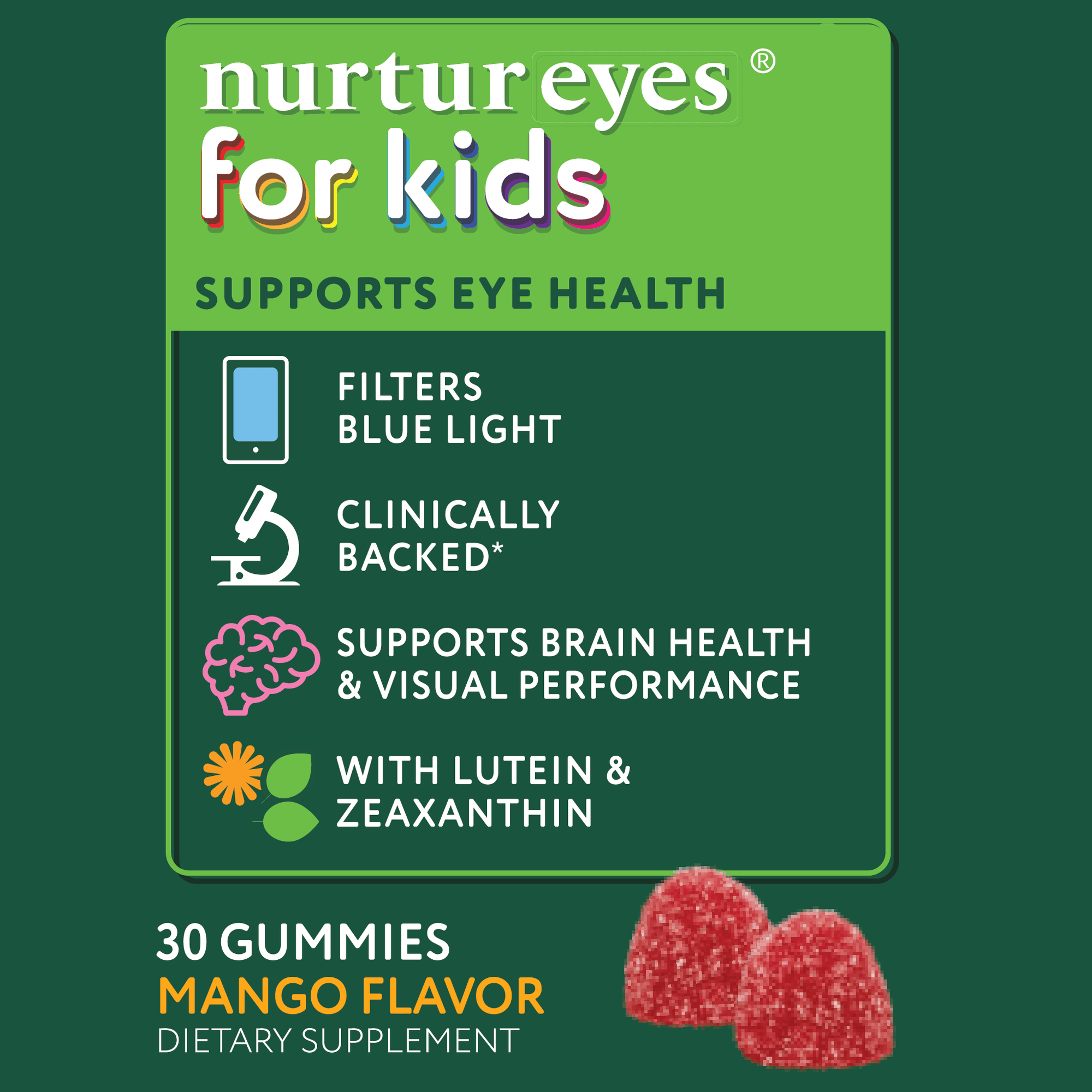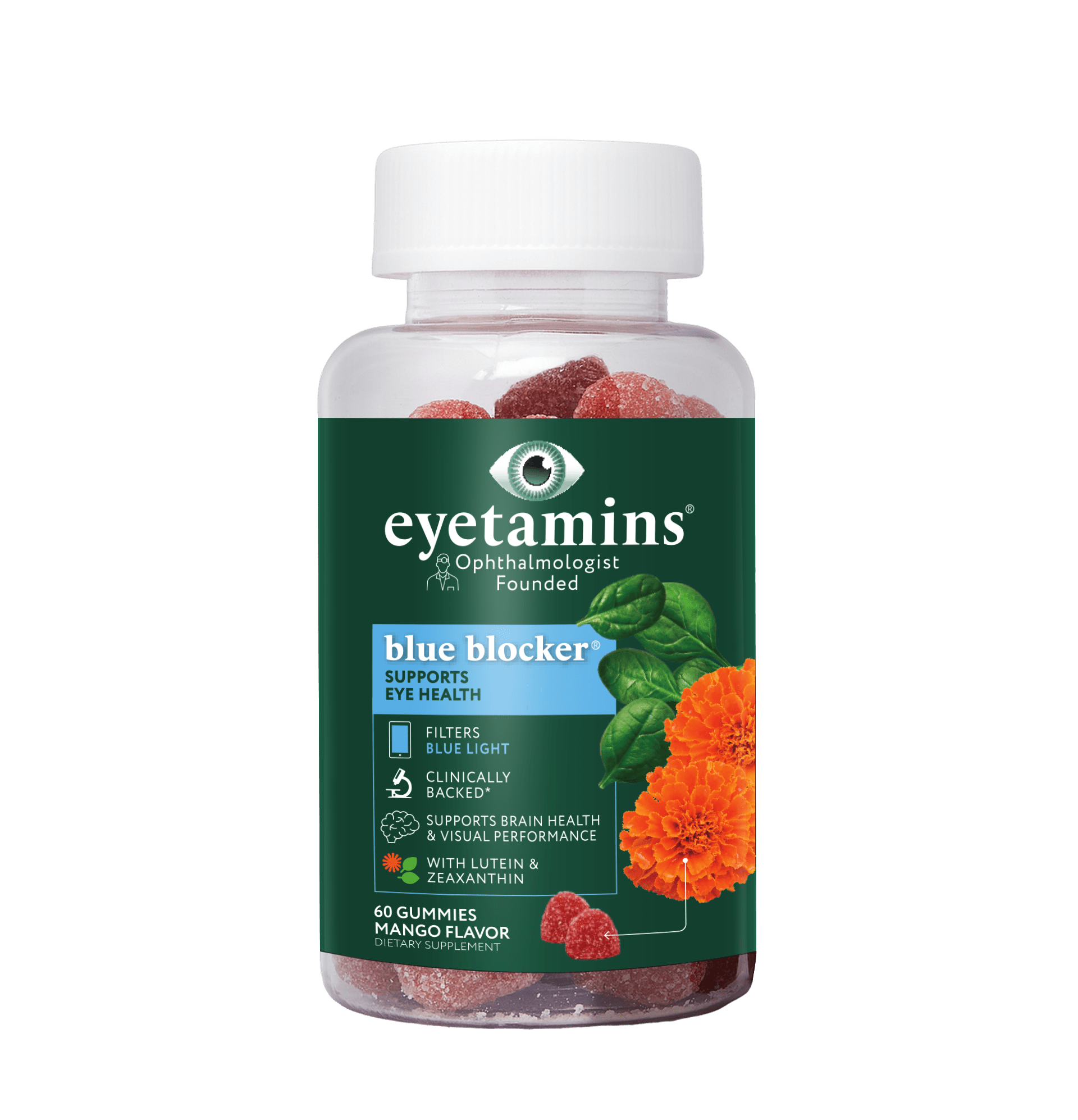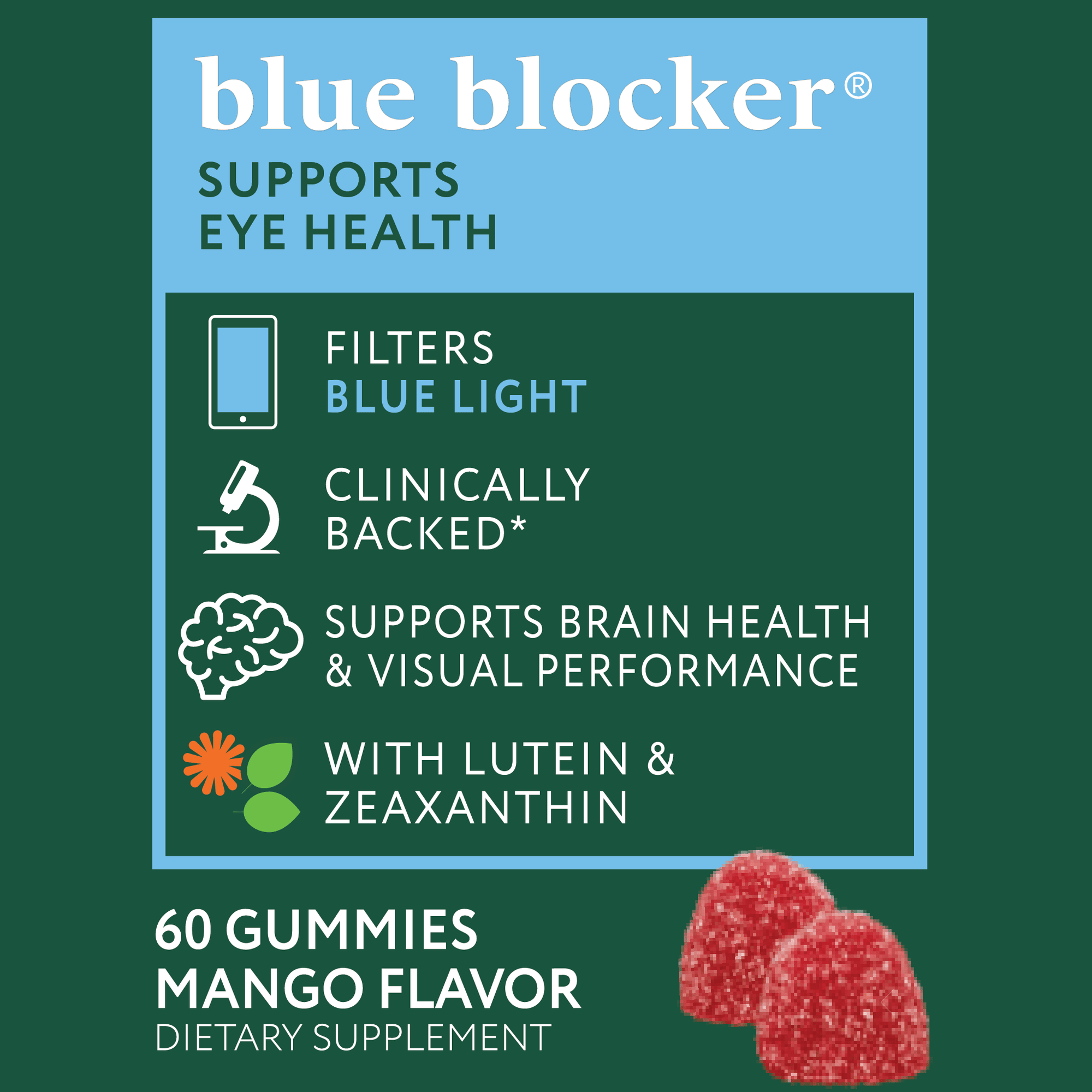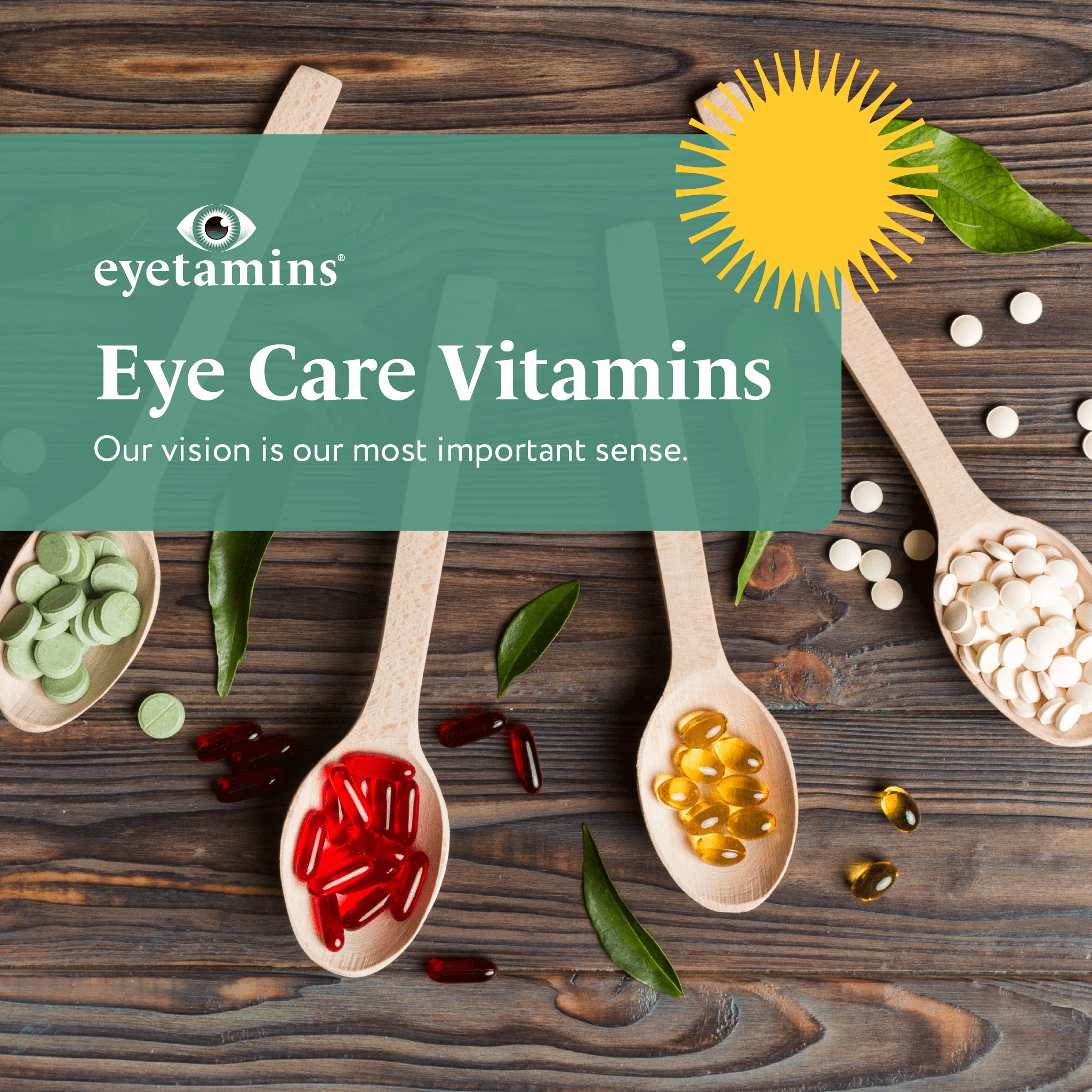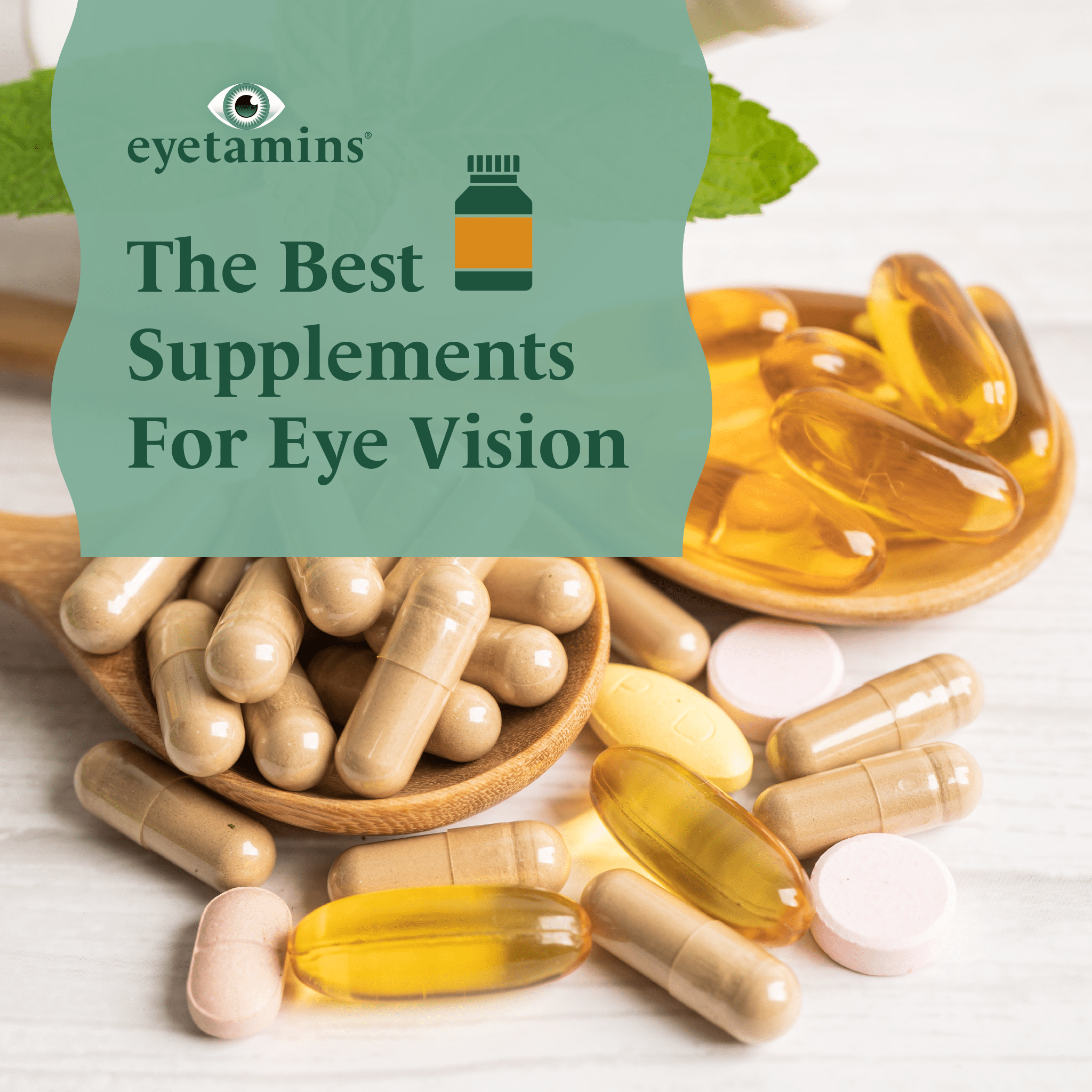· By Dr. Kaushal M. Kulkarni, M.D.
How Does Blue Light Affect You (and How to Minimize Impact)?
These days, screens and the blue light they emit are pretty much unavoidable. From our smartphones to our computer screens to our televisions, the screens that make our lives infinitely more easy are the same screens that are leading to higher likelihoods of dry eye, and digital eye strain.
In this article, we take a closer look at blue light and where it comes from. We also explore the different ways blue light can affect your eyes, and the strategies you can employ to protect yourself from “digital eye strain” and worse. So how does blue light affect you? Read on to find out!

What Is Blue Light?
As we go about our daily lives, we are surrounded by electromagnetic energy that travels around us (and through us!) in waves. Some of these electromagnetic waves -- microwaves, UV waves, and radio waves, for example -- are long waves, while others -- like X-rays -- are much shorter. Most electromagnetic waves are completely invisible, but some are able to be seen by the human eye. These are called visible light.
The visible light spectrum consists of all of the colors that can be seen by the human eye: red, orange, yellow, green, cyan, blue, and violet. Each color has its own length and energy level, and those with the longest waves are more easily seen by the naked eye.
Of these colors, blue has the highest energy and the shortest wavelength of just 380 to 500 nanometers. In fact, blue light waves are nearly as powerful as ultraviolet (UV) waves, which doctors and scientists have warned can damage our skin and eyes.
Sources of Blue Light
It is estimated that a full one-third of all visible light is blue light, the most prominent of which is sunlight. Sunlight is vital to our eyes’ growth and development. It also regulates our sleep cycles, improves cognitive function, and elevates our moods and alertness levels. However, there are also quite a few artificial sources of blue light. These include:
- fluorescent light bulbs
- LEDs
- computer monitors
- smart phones
- tablet screens
Despite the health benefits of blue light from natural sources like the sun, there is a growing concern about long-term exposure to artificial sources of blue light emitted from our digital screens.
How Does Blue Light Affect Your Eyes?
Nearly all blue light must pass through the eye’s cornea and lens before the retina converts the light for the brain to process into pictures. High-energy blue light scatters much more than other visible light.
When television and computer screens emit a lot of blue light, contrast on the screen is reduced and our eyes are forced to strain. We also tend to blink less when we are staring at screens, which leads to dry eyes and eye strain, the side effects of which include neck and shoulder pain, headaches, and blurred vision.
Blue Light Eye Damage
There is some concern that consistent, long-term exposure to blue light could damage the cells of the retina. However we don’t have enough evidence to know one way or another yet.
According to a study conducted by the National Eye Institute, children’s eyes absorb even more blue light from screens than the eyes of adults -- a very concerning fact! Furthermore, blue light has the ability to affect how much melatonin our bodies produce.
Exposure to blue light before bedtime can disrupt melatonin production and mess up our sleep patterns. Though the long-term effects of blue-light exposure to our eyes is not yet completely understood, a number of health organizations are conducting the research required to understand more fully.
Blue Light Protection
According to the Vision Council, as many as 35% of Americans have discovered how blue light affects you. They report experiencing interrupted sleep, blurred vision, dry eyes, and/or other side effects of using digital devices. Whether you can count yourself amongst those 35% or you want to avoid future issues, there is some preventative action you can take to protect your eyes from the dangers of blue light.
Blue Light Glasses
Wearing specially designed blue light glasses while you spend time in front of a digital device can keep your eyes from being overexposed to blue light. The blue light glasses that are available over the counter are said to reduce the negative effects of blue light by 10.6% to 23.6% without reducing image quality.
Glasses that include a yellow tint also increase comfort because they are able to increase the contrast that appears on screen. Besides cutting down on eye strain, blue light glasses can also make it easier to fall asleep after time spent watching television, staring at your smartphone, or working on your computer.
Blue Light Filters
Installing blue light filters over your tablet, computer, and smartphone screens is another option for decreasing the negative effects of blue light. Blue light filters prevent blue light from ever reaching your eyes, yet also don’t decrease the display in any way.
Blue Blocker® by Eyetamins
Blue Blocker® by Eyetamins incorporated into your daily routine can also protect your eye health against eye strain and other dangers of blue light. Every bottle of Blue Block Eyetamins contains a 30-day supply of vegan gummies, each of which
- contains natural filtering nutrients that help your eyes to better absorb blue light
- promotes better depth perception, reaction time, and contrast sensitivity
- promotes better sleep
People Also Ask
1. What is blue light, and how does it affect your eyes?
Blue -- along with red, orange, yellow, green, indigo, and violet -- is one of the colors on the visible light spectrum. Each color has its own energy level and wavelength. Blue has shorter wavelengths and has higher energy than the other colors on the spectrum. There is still much research to be done, but current evidence in animals and in the laboratory suggests a potential effect of the blue light that emits from smartphones, televisions, computer screens, and tablets.
2. What does blue light from screens do?
The blue light that emits from your computer, cell phone screen, or other electronic devices can decrease the contrast your eyes see. This can lead to “digital eye strain”.
3. How can we reduce the impact of blue light?
Wearing glasses that block blue light is an effective way to cut down on the effects of blue light. You can also download blue light-blocking software onto your devices, install screen filters, and cut down on your overall screen time.
4. Is blue light really harmful?
Though doctors and scientists tend to disagree on the answer to this question, the general consensus is no. However, experts think that consistent, long-term exposure to blue light could definitely lead to disruption in sleep patterns. More research on the specific harmful effects of blue light is needed.
5. Is blue light damage reversible?
It is unclear whether blue light really causes any long-term damage in the first place.
Conclusion
So how does blue light affect you and your eyes? Blue light is part of the visible light spectrum -- that is, the short- to long-wave electromagnetic waves that are visible to the human eye. Some forms of blue light, such as sunlight, are natural and essential to our eyes’ growth and development. But other, more artificial light forms -- like those that are emitted from our television screens, computers, tablets, and smartphones -- can be detrimental in large doses.
Unfortunately, those aforementioned digital devices have become necessary parts of our everyday lives. If you work on a computer on a daily basis, use a smartphone, or watch television, then you may have noticed symptoms such as eye strain, headaches, a stiff neck, or sleep disruption. More serious side effects of consistent blue light exposure could include macular degeneration and even eye cancer.
To protect yourself from the effects of blue light exposure, you may find it helpful to install a blue light shield, or to wear blue light glasses while you are in front of a screen. Both of these devices are designed to keep blue light waves from reaching your retina. You may also want to incorporate a product like eyetamins into your daily routine.


